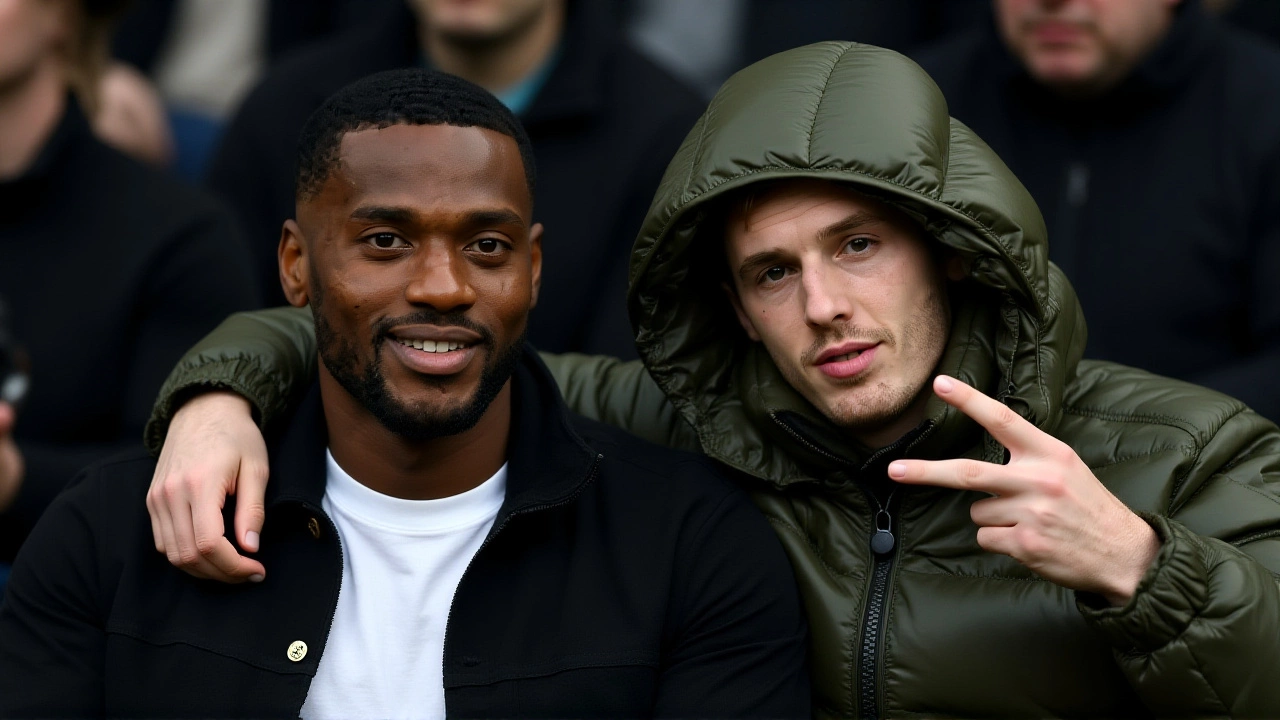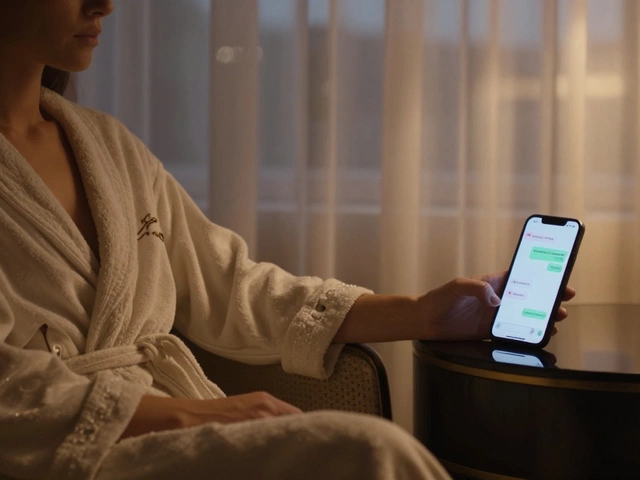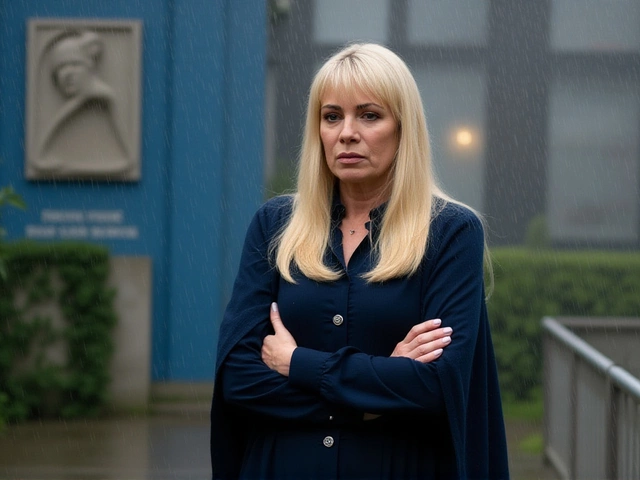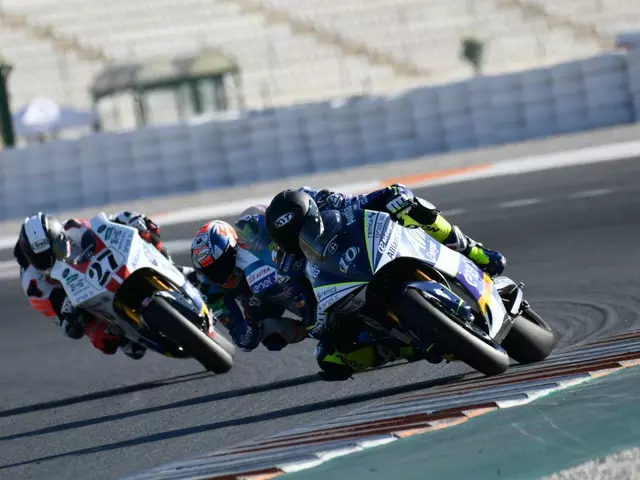One wrong step at home has cost Cole Palmer three massive matches. The 22-year-old Chelsea attacking midfielder, who arrived from Manchester City in August 2023 for a reported £40 million plus £8 million in add-ons, will miss the next three games after fracturing his left little toe in an accidental door bash at his London residence during the November 2025 international break. Confirmed by Sky Sports News reporter Gail Davis on November 21, 2025, at 4:46 PM UTC — after speaking with Chelsea’s medical staff member Enzo Moresca — the injury has derailed what was shaping up to be a timely return from a prior muscle strain.
A cruel twist in a long road back
Palmer had been making steady progress since his last appearance on September 28, 2025, when he limped off during Chelsea’s 2-1 loss to Manchester United at Old Trafford. By mid-November, insiders expected him to be fit for the Burnley clash at Turf Moor. Instead, he ended up in a different kind of medical room — one with a doctor, not a physio. "Look, we’ve all done it, haven’t we? We know how painful it is," Davis said during her live report. "But we’re not missing games against the likes of Barcelona and Arsenal and trying to prove our fitness for a World Cup..." The comment stuck. It wasn’t just a toe. It was timing. And it mattered.
That fracture, though seemingly minor, requires six to eight weeks of healing. Palmer’s absence now stretches to nearly 80 days since his last competitive minutes — a brutal stretch for a player who had already logged 7 goals and 5 assists in 12 games before the September setback. His creativity, sharp movement, and late runs into the box were central to Chelsea Football Club’s attacking rhythm this season. Without him, the rhythm breaks.
The schedule doesn’t wait
Chelsea’s next three fixtures are among the toughest in their calendar. First, Burnley at Turf Moor on November 23 — a physical, low-block side that demands precision to break down. Then, the European spotlight: FC Barcelona at Stamford Bridge on November 26. And finally, the North London derby against Arsenal Football Club at Emirates Stadium on December 1. Each game carries weight: Burnley for points, Barcelona for Champions League survival, Arsenal for pride and position.
Head coach Enzo Maresca, the 44-year-old Italian who joined Chelsea in June 2025 on a five-year, £7.5 million annual deal after working under Pep Guardiola at Manchester City, had planned to reintroduce Palmer as a catalyst in midfield. Now, he must scramble. Options? Noni Madueke might shift inside. Levi Colwill could be pushed higher as a false nine. Or, perhaps, João Félix gets the nod — though his form has been inconsistent.
Medical scrutiny deepens
This isn’t the first odd injury this season. As of November 21, 2025, Chelsea’s first team has lost a staggering 428 match days to injury — 17 players affected. The club’s medical department, led by chief medical officer Eva Carneiro, has faced quiet criticism from fans and analysts alike. Palmer’s accident adds to the narrative: is it bad luck? Or is there a pattern? The timing — during an international break, when players are off-site and not under direct club supervision — raises questions about recovery protocols and home environment monitoring.
Chelsea’s Cobham Training Centre in Surrey remains the epicenter of rehabilitation. Their next session on November 22, 2025, at 10:00 AM GMT, will be critical. Maresca won’t just be deciding tactics — he’ll be weighing morale. Palmer’s teammates have rallied around him publicly, but internally, the frustration is real. They’ve seen him train hard, come back slowly, only to be undone by something as mundane as a doorframe.
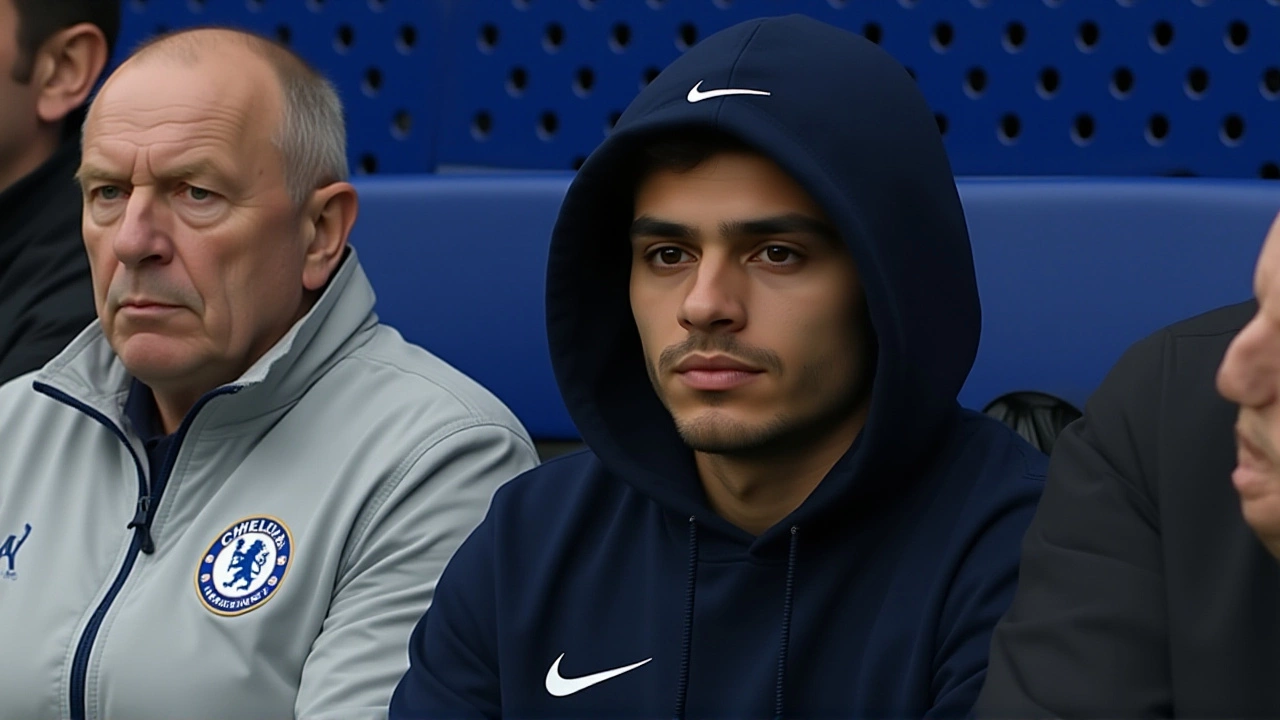
What’s next for Chelsea?
Without Palmer, Chelsea’s attacking edge softens. His ability to drift between lines, receive in tight spaces, and deliver incisive passes was unmatched in the squad. His absence forces Maresca to rely more on set pieces — an area where Chelsea has struggled this season. The team’s xG (expected goals) dropped 18% in games he didn’t start this year. That’s not just a stat — it’s a gap in the system.
There’s no official return date, only a three-match window. That means Palmer won’t be back until at least December 3, after the Arsenal game. If the fracture heals slowly — and toe injuries often do — he could miss more. And with the January transfer window looming, speculation will grow: will Chelsea look to bring in another attacking midfielder? Or will they ride it out, betting on Palmer’s recovery and the emergence of youth like Armando Broja or Malik Tillman?
The bigger picture
This isn’t just about one player. It’s about how modern football manages athlete welfare. Palmer is one of the most expensive midfielders in the club’s history. His value isn’t just financial — it’s tactical, emotional, and psychological. When a £70 million asset is sidelined by a door, it forces everyone — coaches, medics, even fans — to ask: Are we doing enough to protect these players outside the pitch?
For now, Chelsea’s focus is on survival. Burnley first. Then Barcelona. Then Arsenal. And somewhere in between, they’ll hope Palmer’s toe heals faster than anyone expects.
Frequently Asked Questions
How serious is a fractured little toe for a professional footballer?
Though it sounds minor, a fractured fifth toe can take 6–8 weeks to fully heal, especially for athletes who rely on explosive footwork. Footballers often experience lingering pain during sprinting and cutting motions, and returning too soon risks re-injury or chronic discomfort. Palmer’s timeline of 1.5 weeks beyond initial estimates suggests the fracture is more than a simple bruise — it’s a true break requiring immobilization and gradual loading.
Why does this injury matter more than others for Chelsea?
Cole Palmer had become Chelsea’s most consistent creative force this season, contributing 7 goals and 5 assists in just 12 appearances before his first injury. His absence removes the team’s primary link between midfield and attack, especially in tight games. With Chelsea sitting 7th in the Premier League and fighting for Champions League qualification, losing their most dynamic offensive threat during a three-game stretch against Burnley, Barcelona, and Arsenal is a major blow to momentum.
What’s the impact on Chelsea’s Champions League chances against Barcelona?
Chelsea currently sit third in Group E, one point behind Barcelona and two behind Real Madrid. Without Palmer’s ability to unlock defenses in the final third, their chances of advancing drop significantly. Barcelona’s high press will test Chelsea’s midfield transitions, and without Palmer’s quick combinations, they’ll struggle to generate clear chances. A loss here could eliminate them from knockout contention before Christmas.
Is this injury linked to Chelsea’s broader injury problems this season?
Yes. As of November 2025, Chelsea have lost 428 match days to injuries across 17 first-team players — the highest total in the Premier League. While Palmer’s case is accidental, the frequency of soft-tissue and minor injuries suggests possible overwork, recovery gaps, or biomechanical stress. Fans and analysts are questioning whether the club’s medical team is adequately managing player load, especially after a summer of high-intensity training and international duty.
Could Cole Palmer return before December 1?
Unlikely. The club has not confirmed a return date, only that he’ll miss three matches. Even if he’s pain-free by November 30, returning for the Arsenal game would be extremely risky. Toe fractures require full bone consolidation — rushing back could lead to long-term issues. Chelsea’s medical staff will prioritize his long-term health over short-term gains, especially with the January transfer window approaching.
What does this mean for Palmer’s future at Chelsea?
If Palmer returns fully fit and regains his form, his value to Chelsea remains sky-high. But repeated injuries — especially from non-football incidents — could raise red flags for the club’s long-term planning. With his contract running until 2030, Chelsea will hope this is an isolated incident. But if more setbacks follow, it could impact future transfer negotiations or even trigger performance-based clauses tied to availability.
